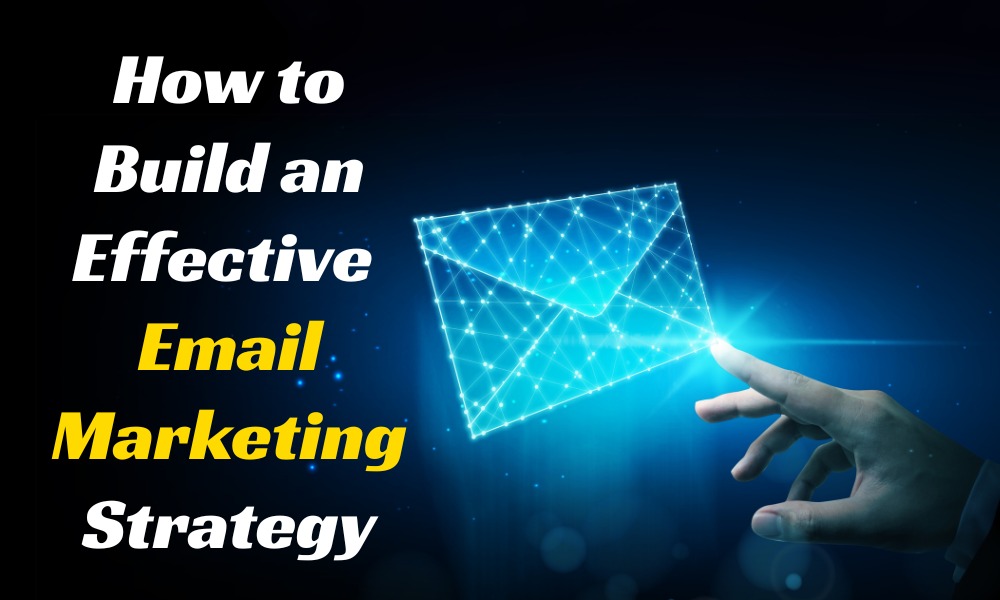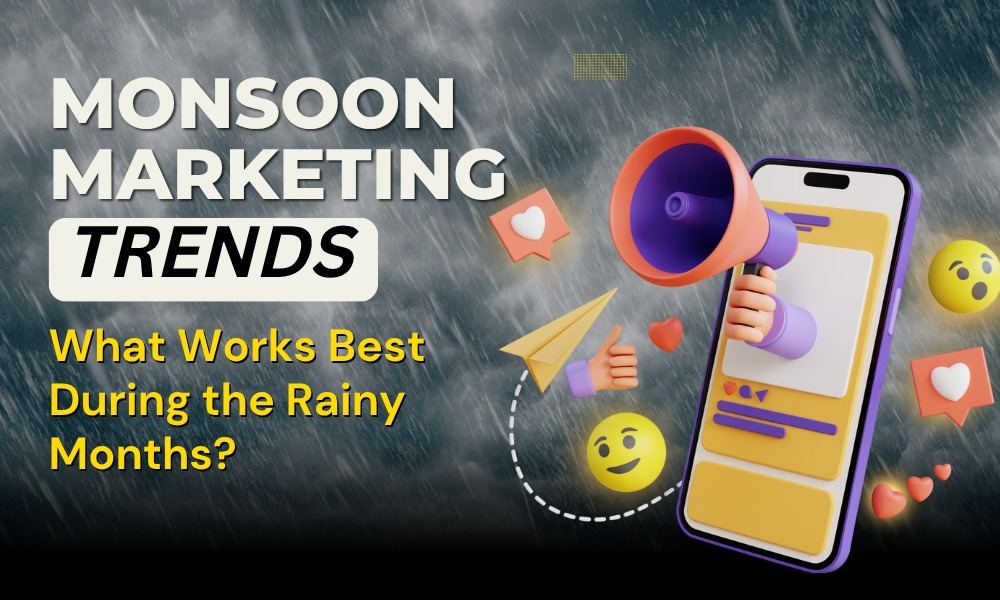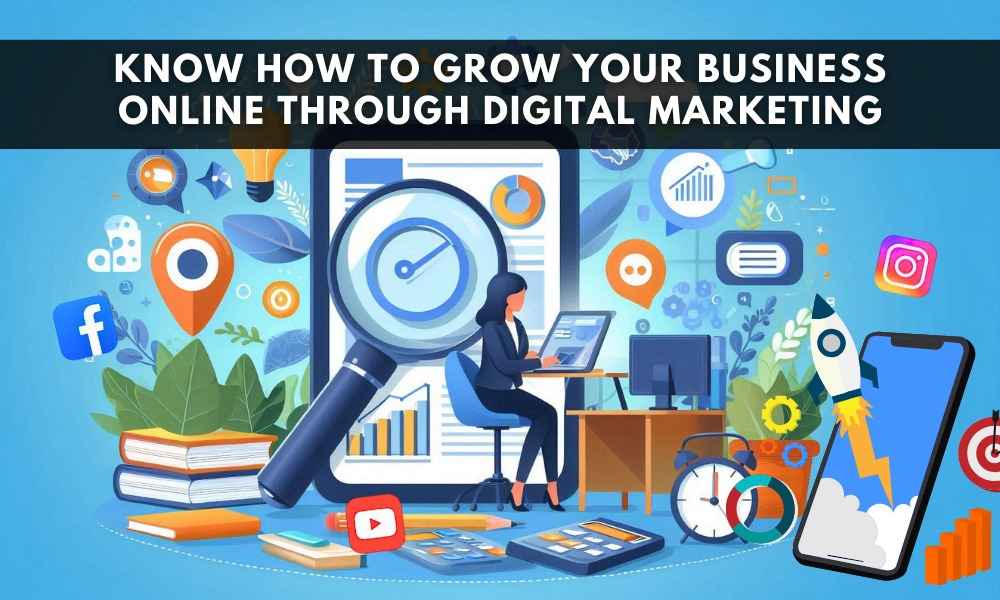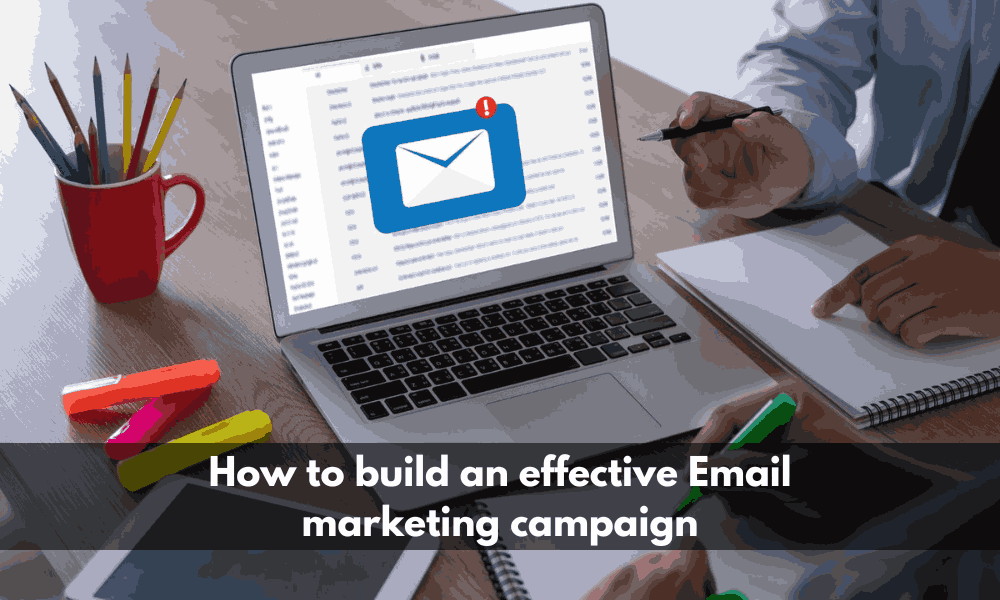In today’s Digital Marketing world, email marketing remains one of the most powerful and budget-friendly tools for reaching and engaging audience. Whether you’re beginner or looking towards enhancing your skills, building an effective email marketing strategy is important for building and maintaining strong relationship with customers encouraging long term engagement.

1.Set clear goals
- Before you start with your email campaign it’s important to set a clear goal and decide what you want to achieve.
- personalize your email: the more personal your email feels, the more your subscribers will engage .use customer data to send the right content at the right time.
- Eye catching headline: headline should be written in such a way which more of the audience will find useful and start engaging.
- Building brand loyalty: engaging with current customers.
- Driving traffic: Encourage recipients to visit your website or blog by offering valuable content or resources.
- Build a quality image list : a large list of unengaging people is less valuable, instead of that, audience who is more active should be targeted and engaged. .Eye catching headline: headline should be written in such a way which more of the audience will find useful and start engaging.
- Make emails look good and clean: create attractive and easy-to-read emails on mobile phones, so that people can enjoy them on any screen.
2.Choose the right email marketing tools
- Selecting the right email marketing platform is essential for automating and managing your campaigns.
- Tools like: MAILCHIMP, HubSpot and KLAVIYO can be used.
- Let’s simplify the key factors to consider when choosing an email marketing tool-
- Budget: decide how much you are willing to spend on email marketing, compare the cost of different tools to find one that offers the features you need within the budget.
- Scalability: as your business grows, your email marketing needs may become more complex. choose a tool that can expand with you, offering additional features and support as needed.
- Integration: ensure the email marketing tool works well with your existing systems, such as customer databases, online stores, and analytics platforms. this helps streamline your marketing efforts.
- User Experience: look for a tool that’s easy to use, even if you’re not tech-savvy. a user-friendly interface and reliable customer support can make managing your email campaigns much smoother.
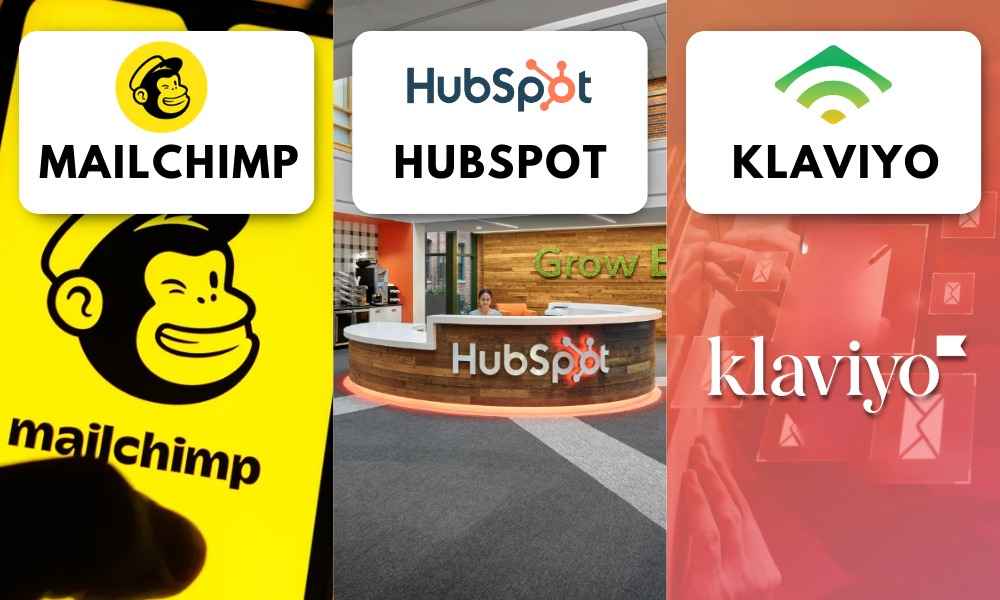
3. Craft a Strong Call to Action (CTA)
- A call to action (CTA) is one of the most important parts of your email. It tells your reader exactly what action you want them to take after reading the email. A CTA could be something like “Shop Now,” “Sign Up Today,” or “Get Your Free Guide.”
- Make it clear and specific: Your CTA should be simple and clear. Instead of saying “Click here,” use something more specific like “Get 50% Off Now.”
- Create urgency: Using words that evoke urgency like “limited time” or “exclusive offer” can help motivate your audience to take immediate action.
- Visibility: Make sure your CTA stands out by using buttons or bold text. You want it to be easily noticeable so readers know exactly what to do next.
4.Keep It Simple
- Email readers generally skim through content quickly, so it’s important to keep things clear and concise. Avoid clutter and keep your message straightforward.
- Short and sweet: Don’t overwhelm your audience with long paragraphs. Instead, use short sentences and bullet points to make the email easy to scan.
- Focus on one main message: Stick to one central theme per email to make it clear and easy for the reader to understand what you’re offering.
- Visually appealing: Use clean and attractive layouts with images, headers, and plenty of white space so that the content doesn’t feel overwhelming or hard to read.
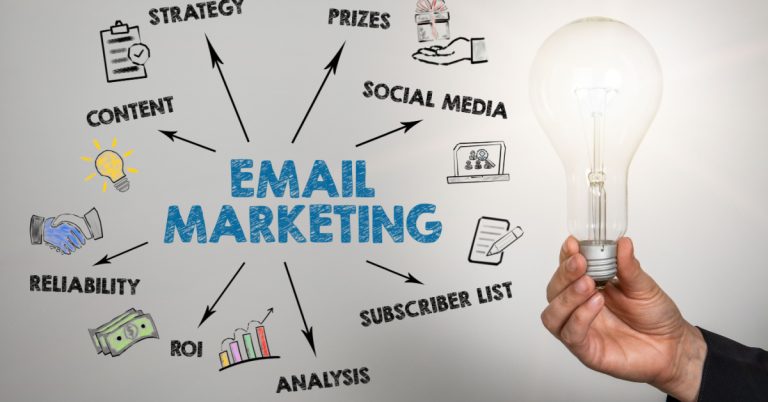
5. Segment Your Audience
- Not every person on your email list will have the same interests. That’s where segmentation comes in. By dividing your email list into smaller groups based on specific criteria, you can send more personalized, relevant emails.
- Types of segmentation: You can segment your audience based on factors such as: Demographics: Age, gender, location, etc.
- Behavioral data: Purchase history, website visits, email engagement, etc.
- Customer lifecycle: New subscribers, loyal customers, people who haven’t engaged in a while, etc.
6. Make Use of Automation
- Email automation saves time and ensures that your emails reach the right people at the right moment. This means you don’t have to manually send each email it happens automatically based on certain actions or triggers.
- Examples of automation:
- Welcome emails: When someone subscribes to your list, send them a welcome email automatically.
- Abandoned cart reminders: If someone adds items to their cart but doesn’t complete their purchase, send them a reminder.
- Birthday emails: Send personalized emails with special offers to customers on their birthdays.
- Benefits: Automation helps you stay in touch with your audience at key moments in their customer journey without needing to manually send emails every time.

7. Stay Consistent
- Consistency is essential for building trust with your audience. If you send emails too sporadically, your subscribers might forget about you. On the other hand, if you send too many emails, you risk overwhelming them.
- Develop a content calendar: Plan out when you’ll send emails and what content they’ll include. This helps you stay on track and avoid sending random or irrelevant emails.
- Consistency in branding: Your emails should have a consistent look and feel, including colours, fonts, and logos, so your subscribers can easily recognize your brand.
- Value-driven content: Even when you stay consistent with your timing, it’s important to ensure every email offers value. Provide useful content, such as promotions, tips, updates, or educational resources.
Conclusion:
Email marketing can be very effective if done right. By setting clear goals, personalizing your emails, and using the right tools, you can connect with your audience and drive more action. Focus on creating interesting content, using strong CTAs, and targeting the right people with your messages. Testing, optimizing, and automating emails will save time and improve results. Stay consistent with your emails and always offer value. With these steps, you can create successful email campaigns.
Article Credit: Simran Nagvekar, Student of Advanced Digital Marketing Course

